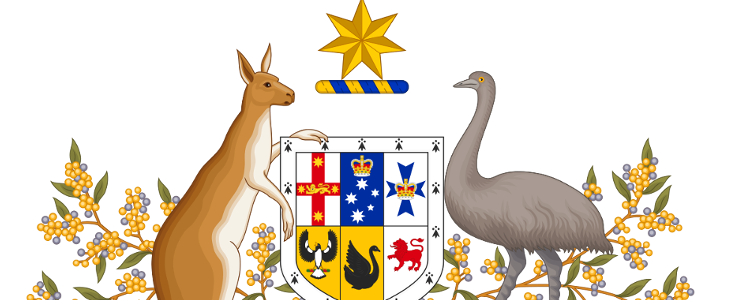Earliest Taxes – Ancient Mesopotamia (6,000 BC)

Mesopotamia is a name for the area of the Tigris–Euphrates river system (corresponding to most of Iraq, Kuwait, the eastern parts of Syria, and regions along the Turkish-Syrian and Iran–Iraq borders). Widely considered to be one of the cradles of civilization by the Western world, Bronze Age Mesopotamia included Sumer and the Akkadian, Babylonian, and Assyrian empires.
Mesopotamian mathematics and science was based on a sexagesimal (base 60) numeral system. This is the source of the 60-minute hour, the 24-hour day, and the 360-degree circle. The Sumerian calendar was based on the seven-day week. Mesopotamian astronomers worked out a 12-month calendar based on the cycles of the moon.
The oldest examples of Ancient Mesopotamia writings are documents concerned with goods and trade and include records of taxes, tithes, and tributes. The earliest tax records known were from the ancient Mesopotamian city-state of Lagash in modern day Iraq, and were made in soft clay. The clay was then baked and served as a receipt, or account. The tax rates in Lagash were typically low, but in times of crisis or wars, the rate would be 10% of all goods. The primary focus of early property taxation was land and its production value and the taxes were often paid with a portion of the crop yield, or some other food. These taxes were used to supply the defence of the city state, and for trade with other city states.
"You’d be stupid not to try to cut your tax bill and those that don’t are stupid in business"
- Bono: U2




